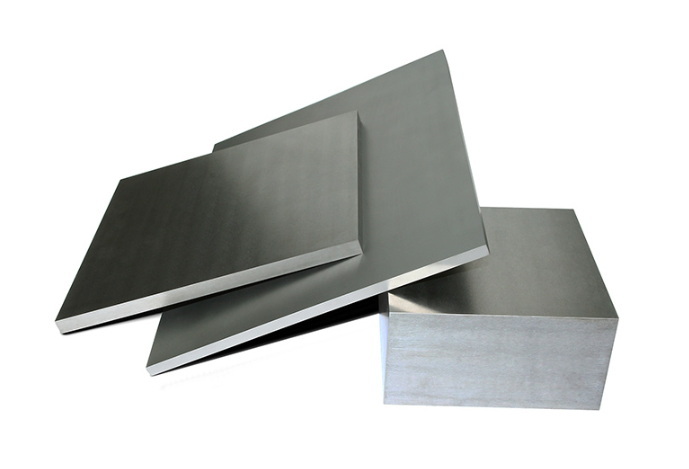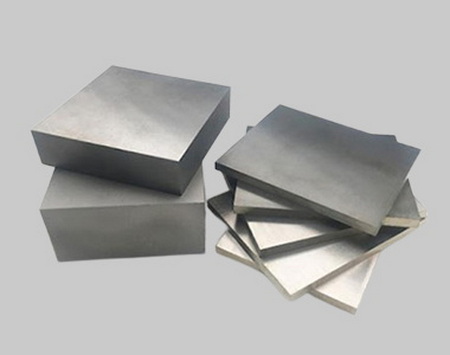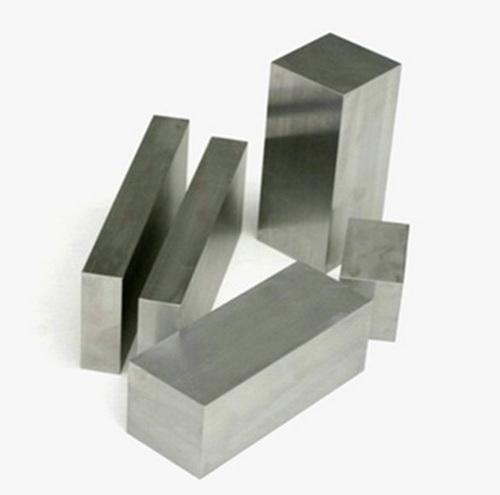Content Menu
● Understanding Tungsten Carbide
● The Importance of Sourcing Tungsten Carbide Plates
● Applications of Tungsten Carbide Plates
● Factors to Consider When Sourcing Tungsten Carbide Plates
● Conclusion
● Related Questions
>> 1. What are the typical costs associated with sourcing tungsten carbide plates?
>> 2. How do different grades of tungsten carbide affect performance in various applications?
>> 3. What are the environmental considerations in tungsten carbide plate production?
>> 4. How can manufacturers ensure the quality of tungsten carbide plates?
>> 5. What industries benefit the most from tungsten carbide plates?
Tungsten carbide plates are critical components in various manufacturing processes, known for their exceptional hardness and durability. As industries strive for efficiency and quality, sourcing high-quality tungsten carbide plates becomes essential. This article explores the significance of tungsten carbide plate sourcing, its benefits, applications, and the factors to consider when selecting suppliers.

Understanding Tungsten Carbide
Tungsten carbide is a composite material made from tungsten and carbon atoms. It is renowned for its hardness, ranking around 9 on the Mohs scale, making it one of the hardest materials available. This exceptional hardness allows tungsten carbide to withstand wear and tear, making it ideal for various industrial applications.
The Importance of Sourcing Tungsten Carbide Plates
Sourcing tungsten carbide plates is crucial for several reasons:
1. Quality Assurance: High-quality tungsten carbide plates ensure that the final products meet industry standards. Poor-quality materials can lead to product failures, increased costs, and damage to the manufacturer's reputation.
2. Cost Efficiency: While high-quality tungsten carbide plates may have a higher upfront cost, they often result in lower overall costs due to their durability and longevity. This means fewer replacements and less downtime in manufacturing processes.
3. Performance Optimization: The right tungsten carbide plates can significantly enhance the performance of tools and machinery. They provide better cutting, grinding, and drilling capabilities, leading to improved productivity.
4. Customization: Many suppliers offer customized tungsten carbide plates tailored to specific applications. This customization can include variations in thickness, size, and coating, allowing manufacturers to optimize their processes.
5. Supply Chain Reliability: Establishing a reliable sourcing relationship with suppliers ensures a consistent supply of tungsten carbide plates, which is vital for maintaining production schedules and meeting customer demands.
Applications of Tungsten Carbide Plates
Tungsten carbide plates are used in various industries, including:
- Manufacturing: In manufacturing, tungsten carbide plates are used for cutting tools, dies, and molds. Their hardness allows for precision machining and extended tool life.
- Mining and Drilling: In the mining industry, tungsten carbide plates are used in drill bits and other equipment that require high wear resistance. Their ability to withstand harsh conditions makes them ideal for this application.
- Aerospace: The aerospace industry utilizes tungsten carbide plates for components that require high strength and durability, such as turbine blades and engine parts.
- Medical Devices: Tungsten carbide is also used in the production of medical devices, where precision and reliability are paramount.
- Construction: In construction, tungsten carbide plates are used in tools and equipment that require high durability, such as saw blades and grinding wheels.

Factors to Consider When Sourcing Tungsten Carbide Plates
When sourcing tungsten carbide plates, manufacturers should consider the following factors:
1. Supplier Reputation: Research potential suppliers to ensure they have a good reputation for quality and reliability. Look for reviews and testimonials from other customers.
2. Material Specifications: Ensure that the tungsten carbide plates meet the required specifications for your application. This includes hardness, density, and any specific coatings or treatments.
3. Cost vs. Quality: While it may be tempting to choose the cheapest option, consider the long-term costs associated with lower-quality materials. Investing in high-quality tungsten carbide plates can save money in the long run.
4. Lead Times: Understand the lead times for sourcing tungsten carbide plates. Reliable suppliers should provide clear timelines for delivery to help you plan your production schedules.
5. Customer Support: Good customer support is essential for addressing any issues that may arise during the sourcing process. Choose suppliers that offer responsive and helpful support.
Conclusion
In conclusion, sourcing tungsten carbide plates is essential for manufacturing success. The quality of these plates directly impacts the performance and reliability of tools and machinery. By understanding the importance of sourcing, the applications of tungsten carbide plates, and the factors to consider when selecting suppliers, manufacturers can make informed decisions that enhance their operations.

Related Questions
1. What are the typical costs associated with sourcing tungsten carbide plates?
The costs of tungsten carbide plates can vary significantly based on factors such as size, thickness, and supplier. Generally, high-quality plates may range from $50 to $200 per piece, depending on the specifications.
2. How do different grades of tungsten carbide affect performance in various applications?
Different grades of tungsten carbide offer varying levels of hardness and wear resistance. Higher grades are typically used in applications requiring extreme durability, while lower grades may suffice for less demanding tasks.
3. What are the environmental considerations in tungsten carbide plate production?
The production of tungsten carbide plates involves mining and processing tungsten, which can have environmental impacts. Manufacturers should consider sourcing from suppliers that adhere to sustainable practices and minimize environmental harm.
4. How can manufacturers ensure the quality of tungsten carbide plates?
Manufacturers can ensure quality by sourcing from reputable suppliers, requesting material certifications, and conducting regular quality checks on received products.
5. What industries benefit the most from tungsten carbide plates?
Industries such as manufacturing, mining, aerospace, medical devices, and construction benefit significantly from tungsten carbide plates due to their durability and performance characteristics.
















